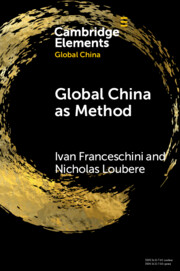Xinjiang’s location naturally makes it a focal point of the Silk Road (hereafter SR). But considering that for the first 60 years (circa 1920–1980) of Chinese archaeology—that is, over half of its development—the SR was rarely mentioned in scientific literature, the impact it has had on archaeological studies of Xinjiang remains unclear and poorly understood. With the eponymous Belt and Road Initiative (hereafter BRI) now a decade old and the field of Xinjiang archaeology approaching its centennial, this has become a critical subject of enquiry.
In this article, I recount the history of publication and discourse in Xinjiang, followed by a discussion of recent developments in archaeological practice instigated by the BRI. I contend that consistently using the SR to conceptualize the material record of Xinjiang, a prevalent approach in Eurasian scholarship, is based on flawed and unscientific presuppositions. Even in Chinese discourse today, the SR concept has become secondary to the state objective of building scientific and cultural infrastructure that is Chinese in method and approach, the goal of which is to amplify ‘discourse power’. Although the SR has served as a major banner for unifying studies on cross-cultural contact in Eurasian history, it is laden with complex layers of archaeological history intertwined with a century-old chauvinistic geopolitics that still reverberate globally today. As the scientific role of the SR becomes increasingly muddled, research referencing the SR must navigate the term’s biased presentist connotations to unveil the pertinent historical contexts, or consider alternative frameworks that resist totalizing narratives.
